Technology
How to Decrease Bounce Rate of a Website?
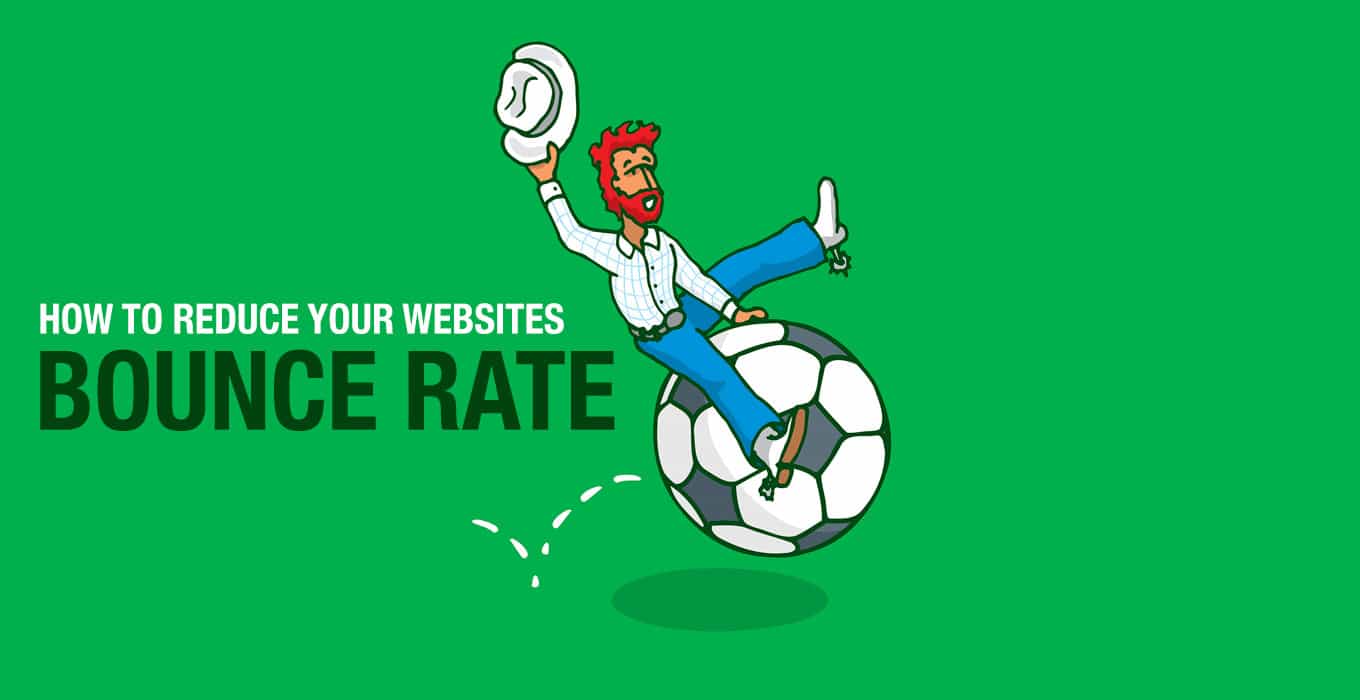

If you have struggled to increase your site’s search traffic, boost email signups, gain more leads, and attract more customers, your bounce rate could be too high. In other words, tourists and customers who visit your landing page fall back, long before they allow you to convert them. CDN software can help you in converting your traffic into money.
Although you want to raise most measures of metrics, you don’t want a higher rate of bounce. Yet what’s seen as a steady bounce rate? Getting more landing pages is one way to increase the conversion rate.
According to CDN software when you begin to see a high bounce rate on your landing pages, it is a warning that your marketing plan for your web and content needs a significant overhaul.
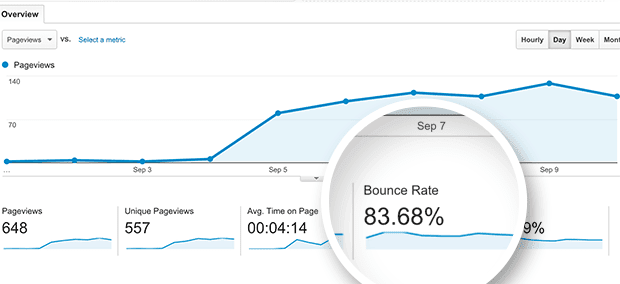

What Is Bounce Rate?
If you are working hard to increase the search efficiency of your site, one of the things you can do is to lower a high bounce rate. In other words, a high bounce rate is an indication that something is wrong with your plan – you don’t draw the right site visitor, or you don’t have pleasant user experience with the visitors coming.
When a user (e.g., customer, prospect, or reader) visits your site on any page (known as an entry page) and leaves on the same domain without visiting other pages, that is a bounce. Your bounce rate is the percentage of all users on the same page who join and leave without clicking on any other pages on your site.
A high bounce may mean you don’t have a well-organized and attractive landing page. You may not have a landing page at all, which causes CTA confusion on your home page.


Improve the Readability of Your Content
A lack of readability is one reason your target clients might leave your site. User experience starts when the content is legible and readable. In particular, delete large chunks of readers of text fear, so stop them. Here are a couple of tips to help you format and make your content more readable:
- Use subheadings to shed more light on the subject.
- Use bullet points to explain the advantages of points worth noting.
- Use lots of charts, images, screenshots, and quotes from industry experts, if applicable.
- Bold keywords (do not overdo this) a few times.
- Ask a lot of questions in your content to invite the readers to participate, rather than just read.
- Bring the material to a conclusion.
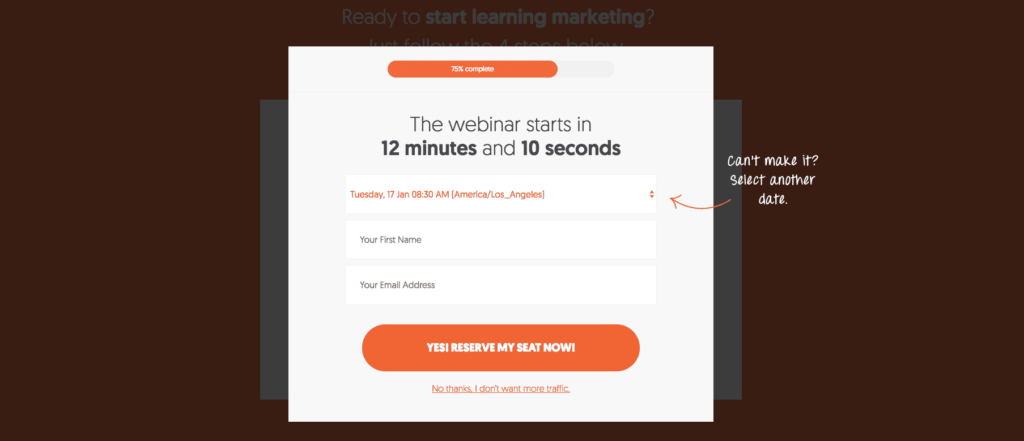

Do Not Use Pop-Ups
This will never change-most people are always going to hate popups. It’s an intensely debated topic among site owners and marketers: whether to use popups or avoid them. I’m not using popups since they are distracting users and contributing to a higher bounce. I know I may decide to leave when I visit a site and a popup disrupts my reading. In their popups, some marketers even use aggressive or even bullying language, which only makes my immediate departure more likely. I suspect I’m not alone, and most would agree that this can lead to a bad experience for the user.
Popups, on the other hand, do work. There’s no denying that they can quickly expand your mailing list. If that’s the way, you’d like to go, OK. But, if you want to create a long-term site that will attract loads of organic traffic, consider restricting or eliminating popups. Or make them as unobtrusive and annoying as possible, at the very least.
Some popups are well-designed and will turn tourists into long-term readers which are part of increasing conversion rates. But when we’re talking about search engine traffic, and what excites search users, it’s an excellent experience for users.
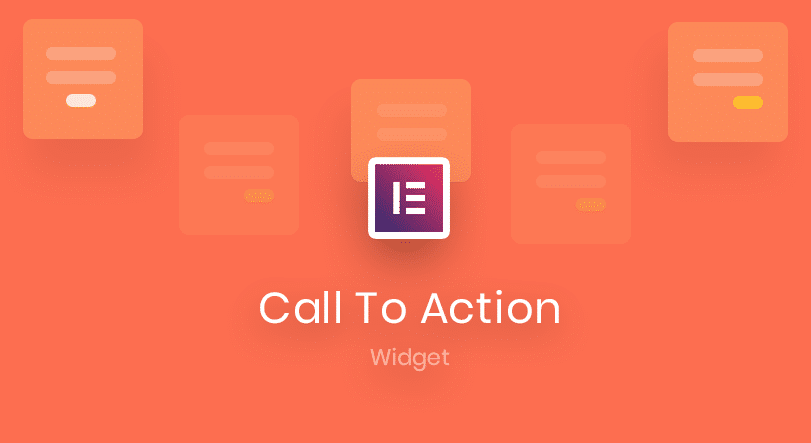

Do Not Forget To Add Call to Action
Did not lose them with a weak CTA after you have attracted visitors with your headline and built interest with the content. The action you don’t want is that the exit rate increases. You want to purchase, or at least worry about, every site user.
Whatever you do, make sure your CTA is compelling. Users would be forced to press to see what is on the other page. Each aspect matters when it comes to optimizing CTA. Even something as simple as changing the text over a button can make a big difference. It will directly engage users and lead them to a resource page on your website, thus reducing the bounce rate.


Work Out On Story Telling Flow of the Content
Storytelling will captivate the minds of the leaders of your target group. But, it needs to be used properly. Know your customers are programmed to remember the good stories and respond to them.
You have to acknowledge how people read the content. Mostly, they search a list, finding something that stands out. It might be a subheading, a word, an image, or a term. Storytelling will relate these catchy elements to the rest of your content.


Keep On Adding Fresh Content
Keeping your blog fresh will always yield the best ROI, with the right content. Businesses that frequently refresh their blogs with fresh content should produce more leads than those who don’t, HubSpot says. It is essential, however, to distinguish potent content from the right content.
Persuasive content may evoke your readers’ “wow” reaction, but it may not solve their problems. Conversely, they will be wowed by the right content, but it will also give them actionable tips for implementing and producing results.
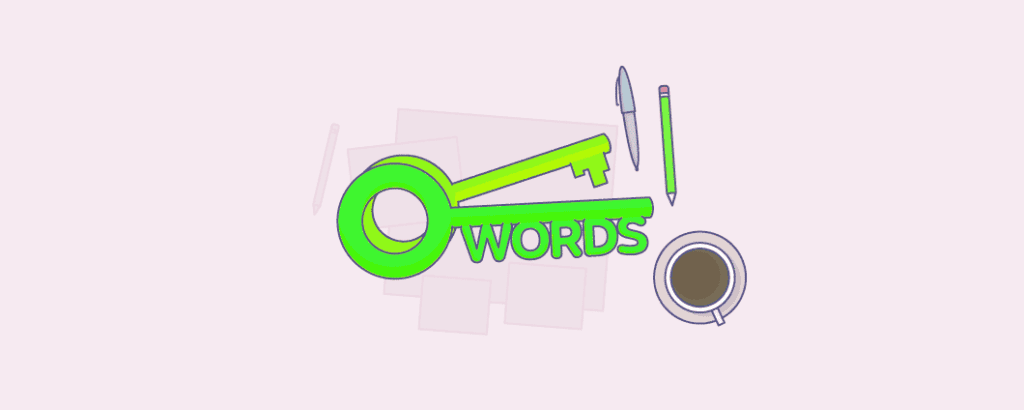

Target Keywords That Bring In Traffic
Keywords can make or break a marketing campaign for your content. Start targeting high-value keywords if you want to improve search performance, because that’s where the high-value traffic is.
According to LinchPin SEO, at the intersection of four essential metrics lies a high high-value keyword:
- Value Traffic
- Value Conversion
- Quality for individual
- Mark-value
Did you know that advertising accounts for 97 percent of Google revenue? The majority of their revenue comes from targeted keywords. Not all keywords are created equal. Some will bring you valuable traffic, while others will just keep you waiting for a ride on the side of the road that will probably not come. What are those keywords? Since you already know, the two main categories are commercial and informative keywords, and each search term falls into one or the other.
Informative keywords are used to create awareness, while commercial keywords show a strong desire for a particular product and lead directly to sales.


Attract the Right Visitors
A higher bounce happens when you get the website visitor wrong from the beginning. It is a targeted issue. If your content strategy doesn’t yield the right visitors and you have increased sales, then it’s time to improve. There is nothing as powerful as publishing custom content that is “right” to your market, using a content strategy that takes into account every stage of the purchasing cycle.
On the other hand, this is not true in sectors not connected to the Internet, such as wellness, entertainment, and finance. In those industries, shorter, informative articles on social media platforms tend to perform better.
When building a campaign or creating content, this is a lesson for you: always target the right visitors. When you are running a campaign on Facebook Ads, dig down into your campaign to get to the right people.
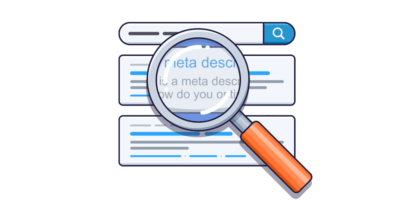

Write Attractive Meta Descriptions
For search users, a lot of companies do not optimize their Meta descriptions. As a result, they continue to decline their click-through rate. They may not have thought it was so necessary-but it is. When users type a keyword into Google Search, any word that matches the search term is bolded to distinguish it from the rest and tell the searcher to consider that result.
Meta descriptions are attributes of HTML which describe what a web page is about. Search engines use Meta descriptions to show a snippet of your web page, so users can decide whether a specific search result is right for them, only by reading the summary.
For a Meta description, the optimum length is 155 characters. If a description of a web page is longer, the remaining characters will not appear on the pages of search results. Instead, in the end, you will see an ellipsis. It can trigger a higher bounce rate because you feel misled by people about your web.
Before you can write an attractive Meta description successfully, you must understand the anatomy of a search result.
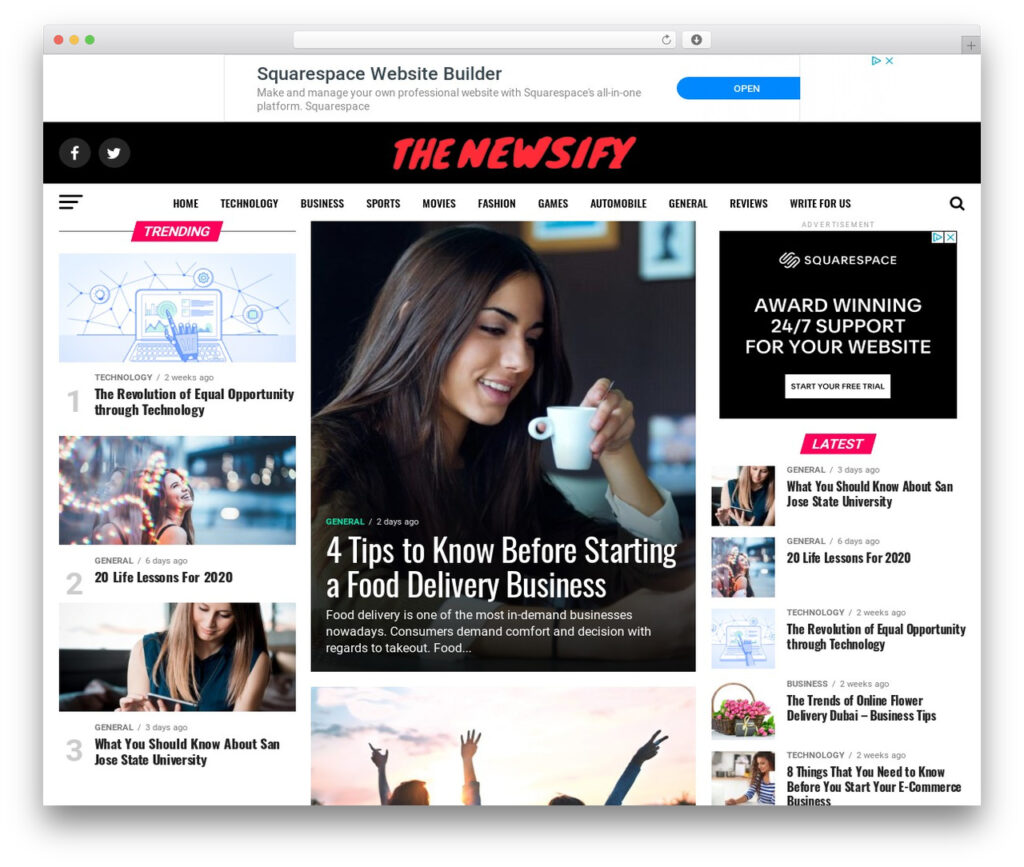

Create Multiple Landing Pages for Your Website
The more landing pages you have, the better, as mentioned at the beginning of this article. You will be building a better user experience. Creating more landing pages also boosts your click-through search rate. In that regard, it’s a game of numbers.
The exit page is one of the metrics Google Analytics is analyzing with CDN software. If you look at your dashboard, you’ll probably notice that most people exit the homepage. The rate at which users exit your homepage on your web also correlates with a high bounce rate.
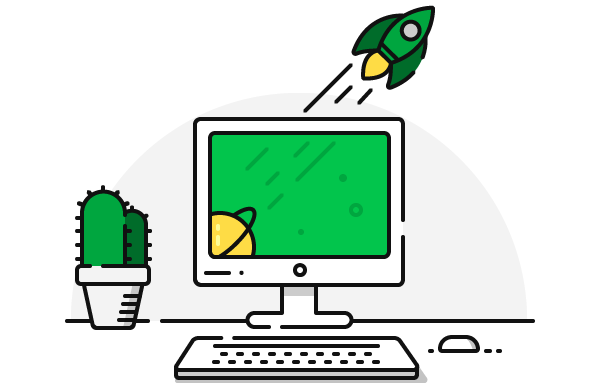

Speed Up Your Load Time
How important is user speed at the site? OK, customers expect a web page to lead in as little as 2 seconds. Consumers will no longer wait for your site to load after three seconds-they will just move on to the site of your competitor.
The slower a load of your landing pages, the higher will be your bounce rate. And, Google is also concerned with site speed-if your site is consistently slow to load, you will fall into rankings, resulting in a higher bounce rate. In the end, a slow site will kill your company and deter future customers from purchasing from you.
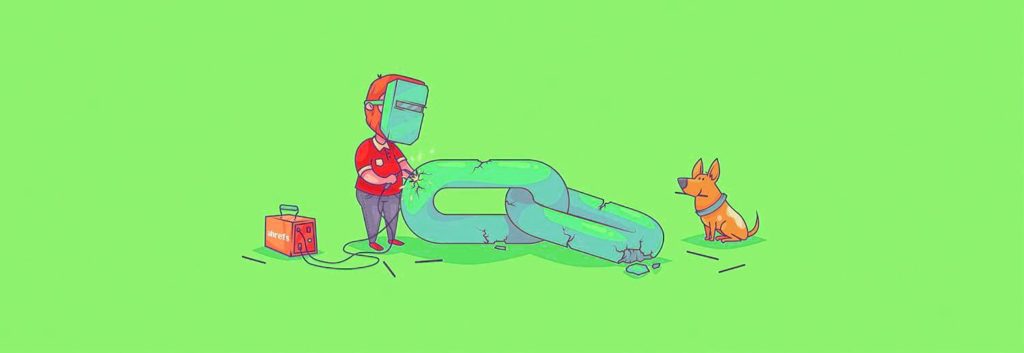

Set Up External Links
A crucial part of any successful Web design strategy is designing with the user in mind. When opening external links in the same tab, you will create fatigue for users back button.
What this means is that each time a user clicks on a link to an external page, they have to click on the back button to return to your site (assuming they decide to visit again – the new site might distract them). That will diminish your views on the page. And, if they have visited four different external links from your tab, they will click four times on the back button. That is annoying and time-consuming. It also increases both rates of exit and rate of bounce.
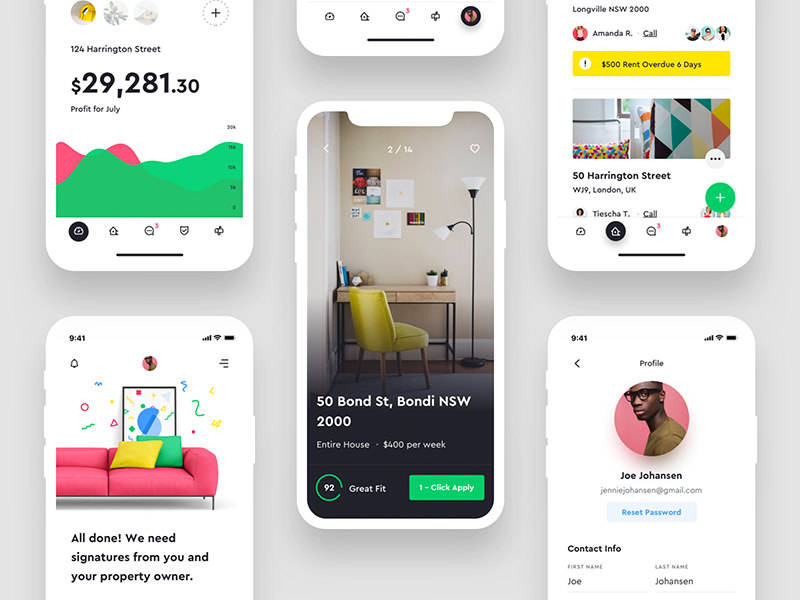

Make Your Site Mobile Friendly
Is it open to your site? Will it be showing correctly as prospects visit your website on their iPhone, iPad, tablets, and other handheld devices? It’s time to get your brand on the Internet, as your customers everywhere have their mobile devices.
We live in the age of mobiles. Nearly 95 percent of your customers are on smartphones, so you need to customize your site for them. Before that, many businesses did not have a responsive (i.e., mobile-friendly) site. Consequently, these pages have seen a decrease in search rankings and traffic since Google modified for responsiveness in its algorithm. The smart people had their pages optimized.
If you’re a user of the WordPress theme, making your site responsive is very simple. All you have to do is install the plugin JetPack, and activate the mobile theme. You may also use the WPTouch.
If you don’t have a WordPress theme and you aren’t a technical person, you may need to find a professional to help out.
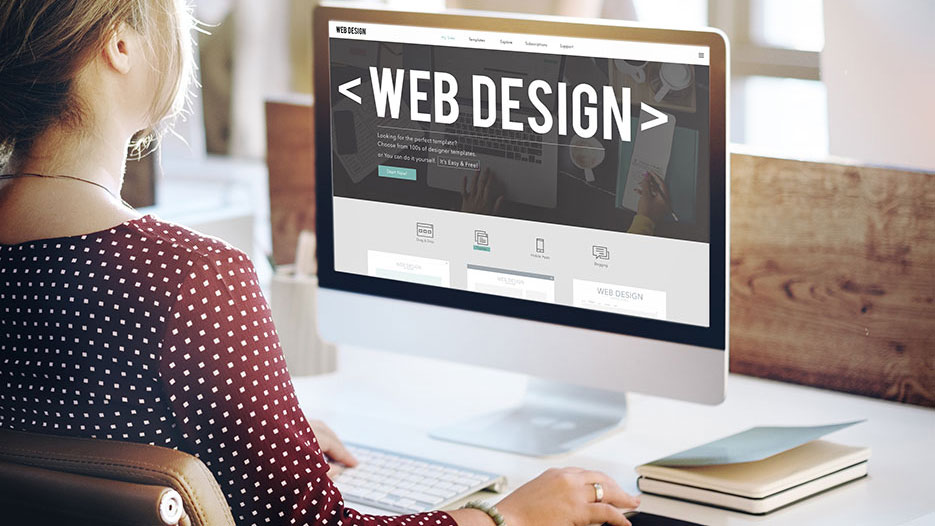

Do Not Forget To Show Credibility
A trustworthy website does:
Makes people feel comfortable and believe what it says (the content) Provides reassurance that your personal information is secure Instils confidence in them as they invest their hard-earned money Removes the purchasing dilemma (for starters, should I buy or not)
I’ve shown you several ways to lower your bounce rate and increase your conversion rate in this article. Yet without high-quality content, even if you manage to cut your bounce rate by half, the chance of boosting it is high again.
Mapping a marketing plan and an editorial schedule to avoid this with the help of CDN software. Today you are reading this blog because I wanted to put you first, by producing in-depth content that you would find helpful.





 Technology4 weeks ago
Technology4 weeks ago10 Best Generative AI Tools to Scale Your Business in 2024



 Games2 weeks ago
Games2 weeks agoA Brief History of Solitaire: From Cards to Computers



 Model3 weeks ago
Model3 weeks agoKatelyn Ernst: Bio, Age, Lifestyle, Career, Hair & Eye Color, Net Worth

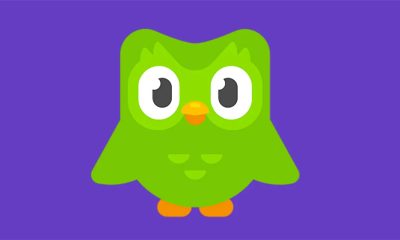

 Technology2 weeks ago
Technology2 weeks agoHow To Enhance Your Learning With Duolingo Podcasts?



 Technology5 days ago
Technology5 days agoThe Website Design Workshop: Crafting User-Centric Sites

You must be logged in to post a comment Login